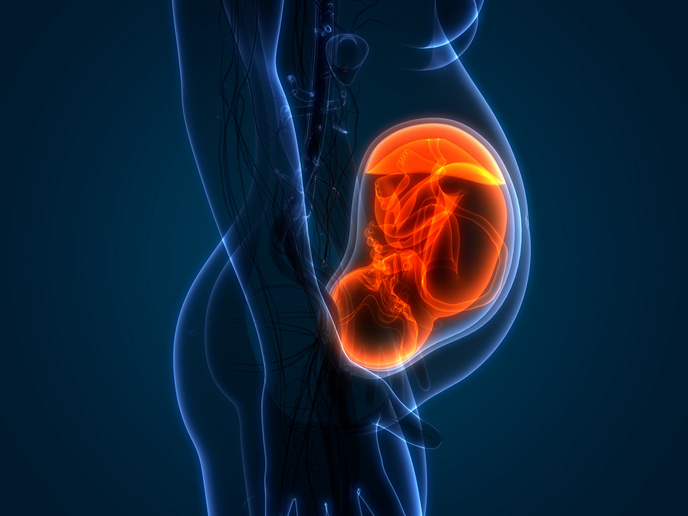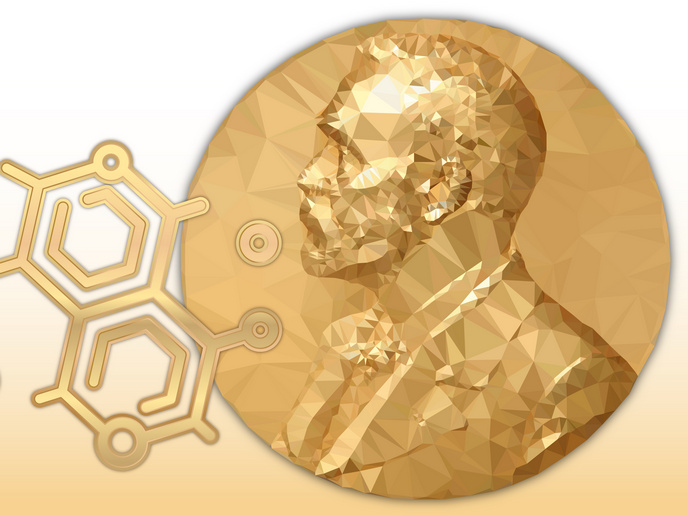Protecting plant cells during cryo-processing
The EC-funded CRYMCEPT project studied the effects of cryopreservation on cell integrity and sought ways to develop methodologies that can enhance cryopreservation protocols. Project partner Katholieke Universiteit Leuven concentrated on the role of polyamines and aromatic amines on cells and tissues. It has been suggested that polyamines along with aromatic amines play a protective role during the cryopreservation process. As polycations, these compounds display a strong binding affinity to key cellular polyanions like DNA and RNA. This binding is thought to protect DNA double-strands from damage induced during the cryopreservation process. Studies showed that pre-treatment of cells with sugars like sucrose had a positive effect on overall polyamine production and hence (it appears) improved cryopreservation ability. It is therefore strongly suggested that addition of polyamines and/or sucrose pre-treatment could also improve post-thaw regeneration. This information could provide valuable insight for the long term storage of plant cells but could also form the starting point for investigations in other cell types as well.







